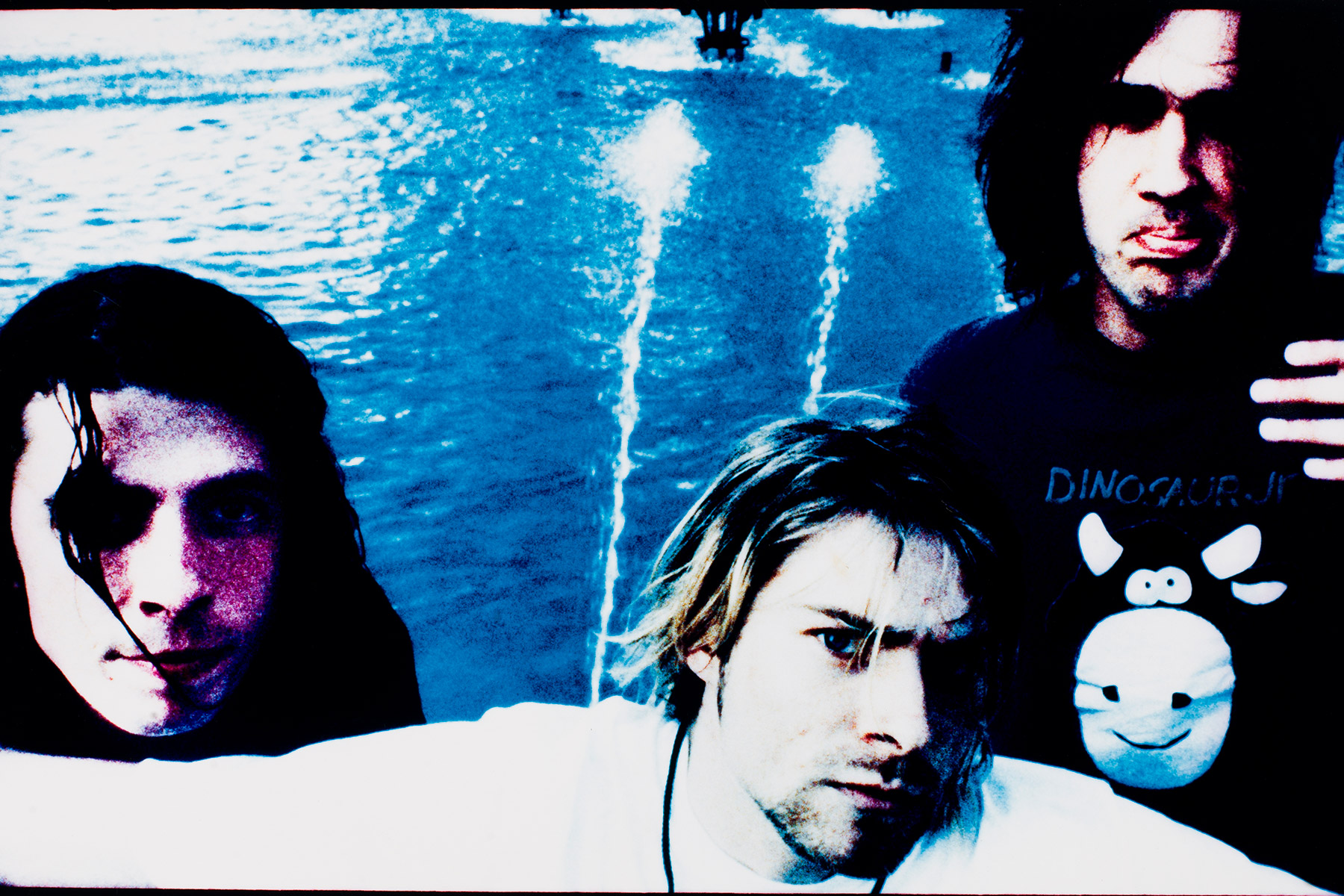
Nirvana Continues Legal Battle in ‘Nevermind’ Album Cover Dispute
Background of the Nevermind Album Cover Controversy
The famed ‘Nevermind’ album by Nirvana, released in September 1991 and celebrated for its critical and commercial success, has also been embroiled in controversy. Central to this is the album’s cover art, which shows Spencer Elden as an infant swimming nude, a dollar bill dangling on a fishhook just out of reach. This image, often seen as a bold statement on capitalism, is now the subject of renewed legal scrutiny.
The Legal Journey of Spencer Elden
Spencer Elden, the individual pictured as a baby on the cover, reignited a legal battle against Nirvana by appealing his dismissed lawsuit. Elden’s pursuit began earnestly in 2021, when he claimed the photograph constituted child pornography. Despite several rejections, with the latest being by Judge Fernando M. Olguin, who described the image akin to a harmless “family photo of a nude child bathing,” Elden remains steadfast. His action challenges the boundaries of art and legality, questioning whether a globally recognized piece of pop culture imagery can also be deemed inappropriate.
Nirvana’s Defense
Responding to the appeal, Nirvana’s representatives remain unwavering. Bert Deixler, speaking on behalf of the band and associated defendants like Universal Music Group and photographer Kirk Weddle, expressed confidence, vowing to “resist with vigor and will prevail.” The legal team’s optimism springs from previous court findings, which have so far sided with the defendants, highlighting Elden’s own past engagements with the image, such as recreations and autographed memorabilia sales, which could undermine his claims.
Further Insights and Developments
The significance of ‘Nevermind’ extends beyond its music to its cultural impact, reflected in over 554 weeks on the 200 chart and its critical acclaim. As the legal proceedings evolve, they highlight not only the complexities of copyright and personal rights but also the evolving interpretations of art in the digital age.
Looking Ahead: What’s Next for the Case
As the case progresses back to the Ninth Circuit Court of Appeals, all eyes will be on how the arguments will be framed this time around. The outcome could set significant precedents for how childhood images are used in media and who gets to control their narrative and legality years after their initial publication.

